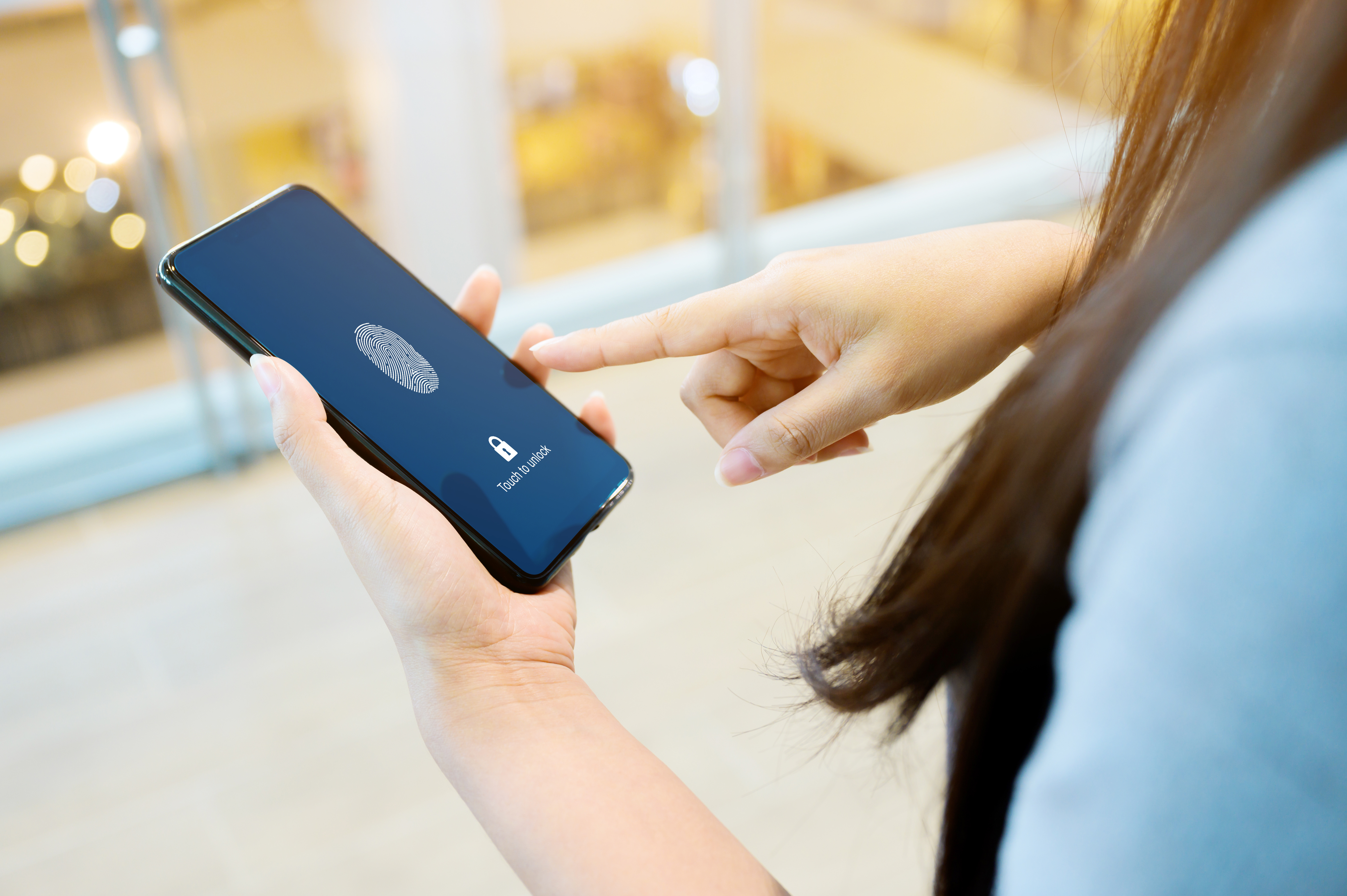
The Thredd team
December 17, 2025

How can businesses create connected experiences using biometric data and tokenisation?


The Thredd team
Biometric authentication started to become mainstream back in 2013 when the iPhone 5 launched feature fingerprint unlock which later gave way to Face ID in 2017.
Due to the global proliferation of the iPhone and other smart devices it seemed only natural that the authentication method native to our devices would become the default solution for authorising mobile payments.
Biometric authentication in payments involves using your unique physical characteristics to authorise transactions replacing traditional options such as pin numbers and passwords.
There are a wide number of benefits to using our physical features as passwords so it’s no wonder that we’re seeing such a steep adoption curve. The Duo Trusted Access Report from 2022 stated that 81% of all smartphones had biometrics enabled, suggesting the likely usage rate to also be high.
We have been used for some time now to using our face, fingerprints and the like to prove our identify so the adoption of this technology for payments has not been unexpected or unwelcomed.
The use of biometrics to enhance security dates back to the 19th century when fingerprints first started to be used to identify criminals, a practice which has long continued.
Since then usage has grown to areas such as border security. The first country to issue passports with biometric data was Malaysia back in 1998 and the number of countries and borders which now utilise the technology continues to grow.
As our physical features are truly unique to the individual, these are harder for fraudsters to replicate and therefore help to reduce the impact of bad actors.
In the financial services industry where businesses must continue to work harder to earn and maintain the trust of their customers, both in the B2B and B2C space, the implementation of biometric authentication adds an additional layer of protection which has been welcomed by many.
By bringing together biometrics with tokenisation we’re seeing a much more frictionless buying and paying experience, particularly on our phones. This seamless journey is also beginning to play out for a range of use cases in the internet of things, for example smart cars can be enabled to make toll booth payments where the token is embedded in the car.
For more information on authentication methods and security, discover our Risk and Fraud solutions here.
Sign up to receive Industry news, events and insights delivered straight to your inbox.
